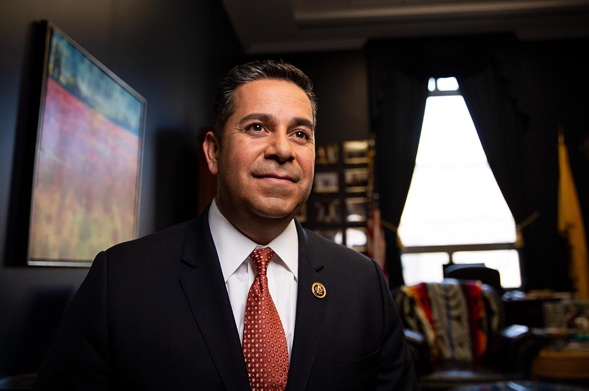
Partisan disagreement over defense and non-defense spending levels for Fiscal Year 2022 has forced Congress to pursue another continuing resolution to buy more time for further negotiations, while delaying implementation of bipartisan infrastructure legislation.
The House voted Tuesday on an extension until March 11. The Senate could vote later this week or early next week before the current continuing resolution expires February 18.
Many transportation programs in the infrastructure measure require additional “obligation limit authority” through approved spending bills, which follow passage of congressional spending authority. Funding increases for highway and transit programs won’t be realized until the FY22 Transportation and Housing Appropriations (THUD) bill is approved. Failure to pass the FY22 THUD appropriation bill would set back Biden administration goals to get award notifications out and shovels in the ground before the midterm election in November.
All pending Congressionally Directed Spending (earmark) projects contained in House and Senate appropriations bills also need similar spending authorization.
Delayed approval of FY22 spending authority forces federal agencies to proceed based on spending levels from the previous fiscal year. That means newly approved programs and their funding streams cannot be initiated.
The primary hold-up is Republican insistence on parity between defense and non-defense spending levels. In the last few days, Democrats reportedly have agreed to increase defense spending by roughly $25 billion, a significant increase that is opposed by many progressive Democrats.
Meanwhile, Democrats are still pushing for additional COVID financial relief and other non-defense funding. There also is ongoing discussion over policy riders, such as federally funded abortions, that has bogged down negotiations.

A central task of Congress is to approve 12 separate appropriation bills that fund dozens of federal agencies as well funding streams for state and local governments. FY22 began October 1 and congressional leaders attempted to establish new spending levels by last December. That authority now may not come until mid-March. FY22 ends September 30.
Supreme Court Confirmation Update
The Senate process to confirm Biden’s nomination to replace retiring Supreme Court Justice Stephen Breyer may not occur as quickly as previously predicted. At the moment, there are only 49 Senate Democratic votes after New Mexico Senator Ben Ray Luján suffered a stroke at the end of last month. He is expected to recover, but he will be absent for up to eight weeks.
Because of a Senate filibuster rule change implemented by Republicans when they controlled the Senate, Democrats only need a simple majority to confirm a Supreme Court nominee. In a 50-50 Senate vote, Vice President Kamala Harris can cast the tie-breaking vote.
Senator Luján’s temporary absence could influence Biden’s Supreme Court nomination. At least one of the names on Biden’s short-list of potential Black women nominees appears to have one and maybe two assured Republican votes.
Luján’s temporary absence could influence Biden’s nomination. At least one of the names on Biden’s short-list of potential Black women nominees appears to have one and maybe two assured Republican votes. Biden has indicated he will nominate Breyer’s replacement by the end of this month. High court confirmation hearings can drag on, especially if unforeseen issues arise. Breyer’s retirement comes after the end of the Supreme Court’s current term in June.
The lack of 50 Democratic votes also handicaps Senate Majority Leader Chuck’s Schumer’s ability to move legislation without at least some bipartisan support, which is a factor in the protracted negotiations on FY22 spending levels.




